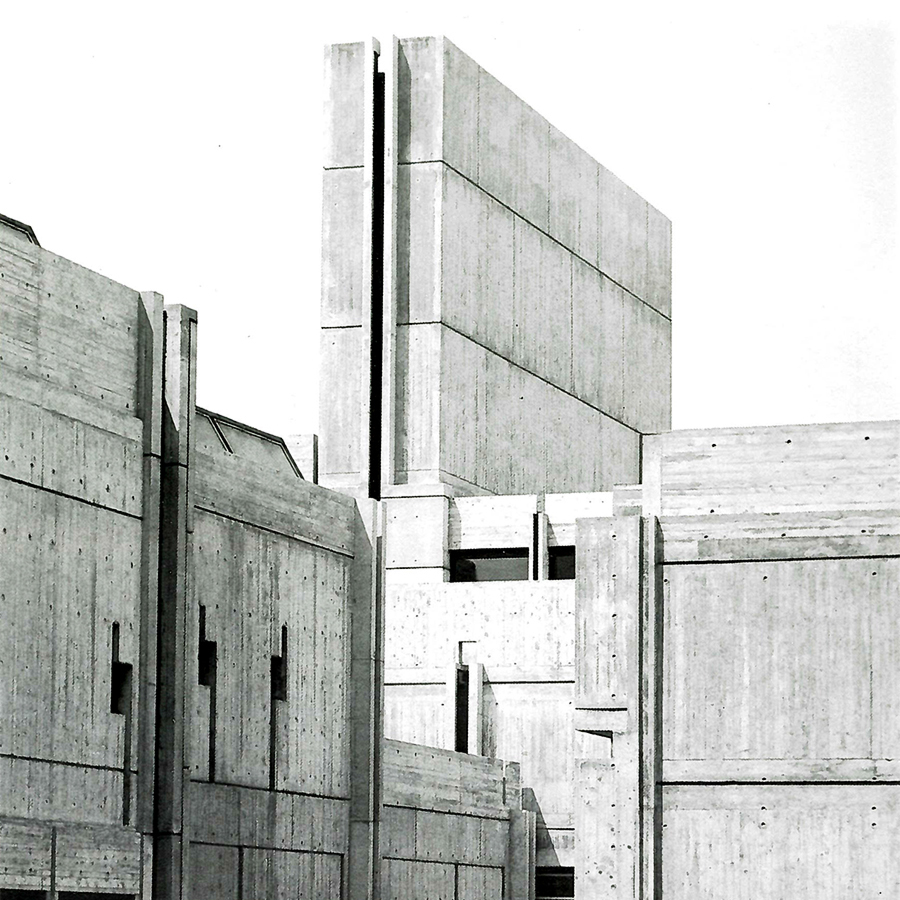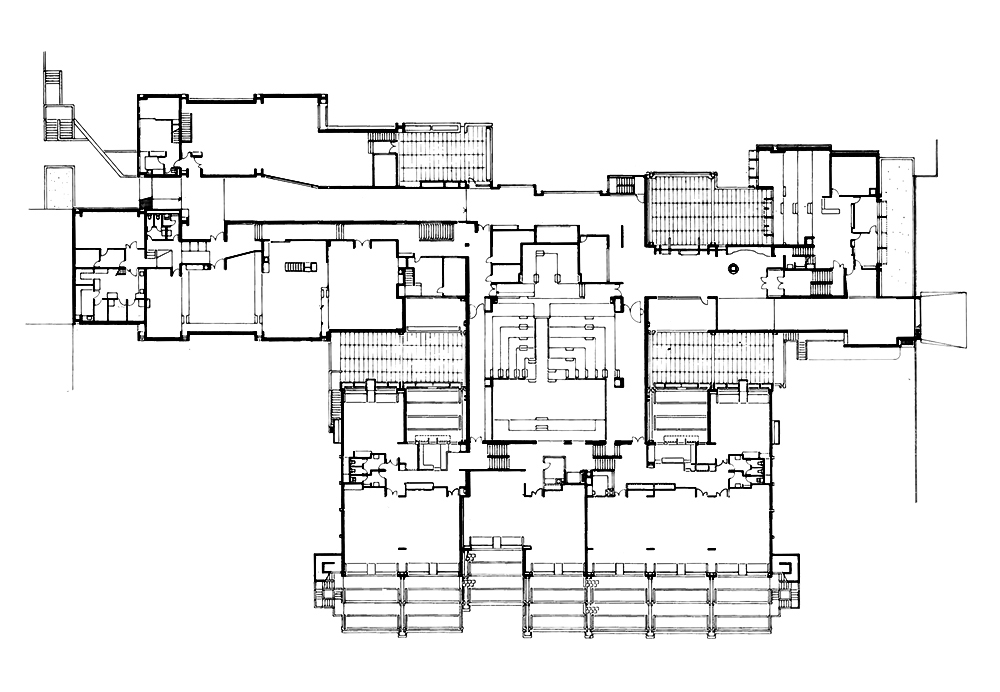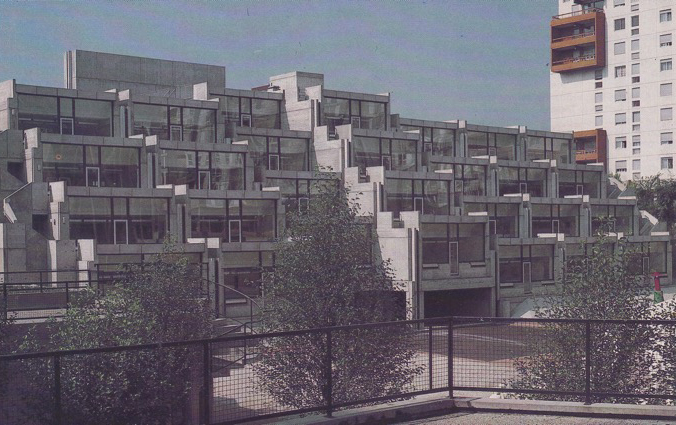“The definition of a New Brutalist building derived from Hunstanton and Yale Art Centre, above, must be modified so as to exclude formality as a basic quality if it is to cover future developments and should more properly read: 1, Memorability as an Image; 2, Clear exhibition of Structure; and 3, Valuation of Materials ‘as found.’ Remembering that an Image is what affects the emotions, that structure, in its fullest sense, is the relationship of parts, and that materials ‘as found’ are raw materials, we have worked our way back to the quotation which headed this article ‘L’ Architecture, c’est, avec des Matieres Bruts, etablir des rapports emouvants,’ but we have worked our way to this point through such an awareness of history and its uses that we see that The New Brutalism, if it is architecture in the grand sense of Le Corbusier’s definition, is also architecture of our time and not of his, nor of Lubetkin’s, nor of the times of the Masters of the past. Even if it were true that the Brutalists speak only to one another, the fact that they have stopped speaking to Mansart, to Palladio and to Alberti would make The New Brutalism, even in its more private sense, a major contribution to the architecture of today.”
“La nueva definición del edificio perteneciente al Nuevo Brutalismo y procedente de Hunstanton y el Yale Art Centre, debe ser modificada para excluir la formalidad como una condición básica si es para albergar futuros desarrollos y ser más legible: En primer lugar, pregnancia de imagen. En segundo lugar, una clara exhibición de la estructura y, por último, una puesta en valor de los materiales “as found”, es decir, una utilización sincera, honesta y coherente de cada uno de los materiales constructivos. Teniendo en cuenta que la imagen es aquello que afecta a las emociones, que la estructura, en el más amplio sentido del término, es la relación entre las partes y que los materiales “as found” son materiales en crudo, hemos trazado nuestro camino de vuelta hacia la cita que abrió este árticulo – L’Architecture, c’est, avec des Matiers Bruts, etablir des rapports emouvants”; pero hemos trazado nuestro camino de vuelta hacia el punto en que tal conciencia de la historia y sus usos, como hemos visto en el Nuevo Brutalismo, si fuera arquitectura en el gran sentido de la definición de Le Corbusier, es también arquitectura de nuestro tiempo y no del suyo, ni de Lubetkin, ni de los tiempos de los maestros del pasado. Incluso si fuese cierto que los Brutalistas hablasen tan sólo los entre ellos, el hecho de que hubiesen cesado de dialogar con Mansart, Palladio o Alberti haría del Nuevo Brutalismo, aun en su sentido más privado, la mayor contribución a la arquitectura contemporánea”
Reyner Banhham, The New Brutalism. 1955
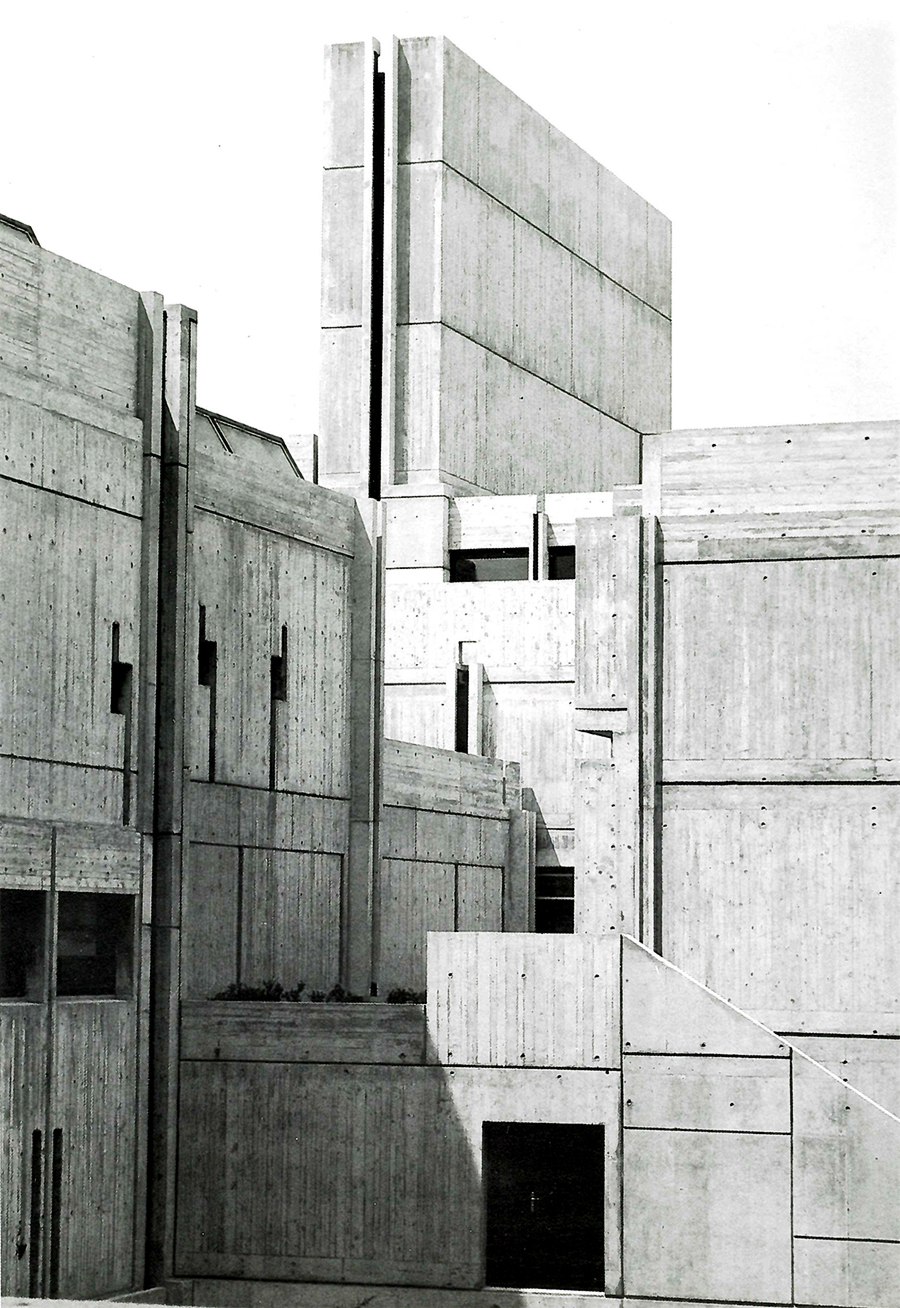
 |
| Image by Etincelle |
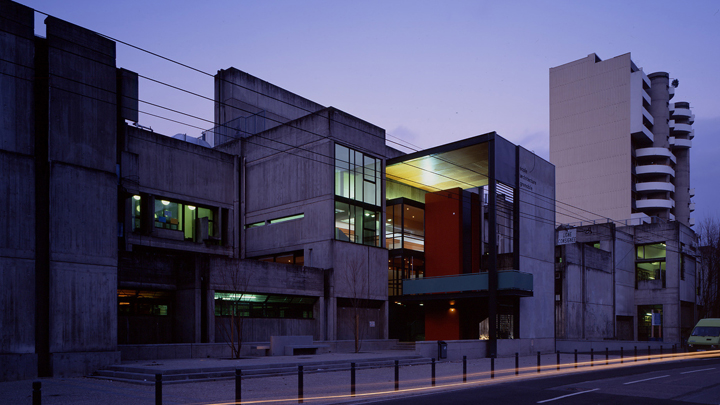 |
| Renovation and extension by Antoine Félix-Faure, Philippe Macary, Dominique Page – 1998 |
